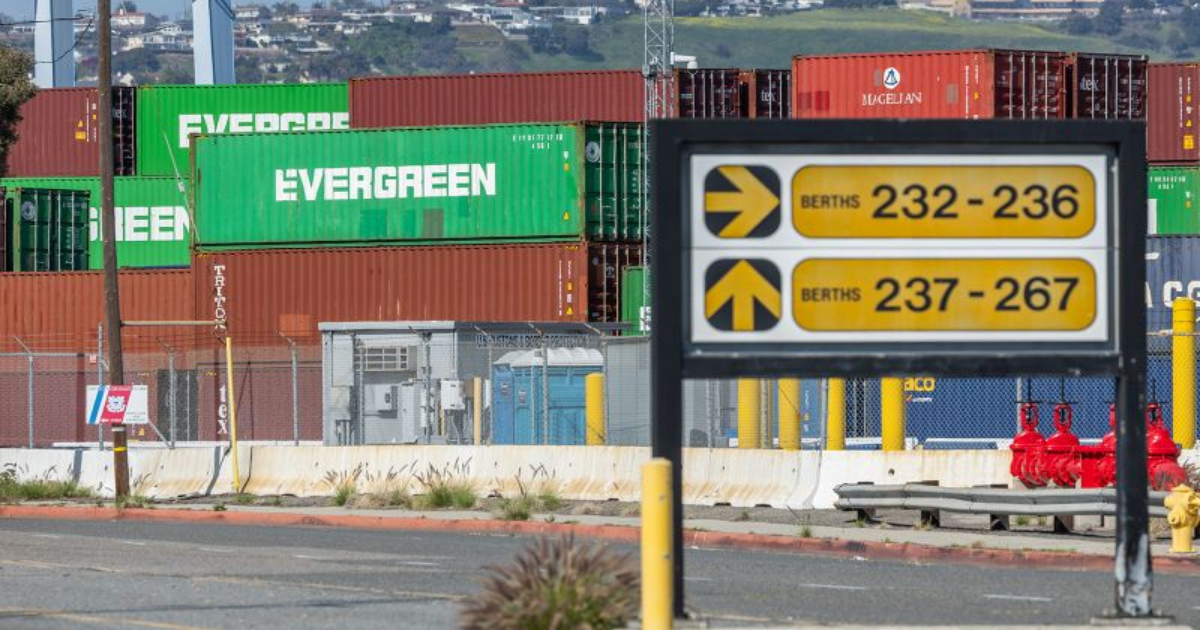Washington CNN —
The US economy just had its worst quarter since 2022 as President Donald Trump’s significant policy changes unnerved consumers and businesses.
Gross domestic product, which measures all the goods and services produced in the economy, registered at an annualized rate of -0.3% in the first quarter, the Commerce Department said Wednesday.
That’s a sharp slowdown from the fourth quarter’s 2.4% rate, and much worse than the 0.8% rate economists projected.
US stock futures fell after the GDP report was released, with futures tied to the Dow dropping by 315 points, or 0.7%. S&P 500 futures were 1.2% lower and Nasdaq 100 future declined by 1.7%.
The Trump administration has been on a chaotic tariff spree over the past several months, escalating trade tensions with China and unsettling Americans. Most economists say Trump’s monumental bid to reshape global trade is likely to send inflation climbing in the United States and even trigger a recession.
The economy’s decline was driven by a wider trade deficit — a result of Americans front-running purchases to beat Trump’s tariffs — and cutbacks in government spending, according to a release. Imports skyrocketed from -1.9% in the fourth quarter to 41.3% in the first three months of the year. Meanwhile, exports registered at a 1.8% rate.
There were several signs of weakness in the first economic report card of Trump’s second term, but it wasn’t all doom and gloom.
Consumer spending, which powers about 70% of the US economy, slowed sharply in the first quarter to 1.8%, down considerably from 4% in the prior three-month period. That slowdown was largely due to Americans cutting their spending on goods, and was the weakest rate since mid-2023.
Meanwhile, businesses actually stepped up their spending, likely to get ahead of any expected price increases stemming from Trump’s tariffs. Business investment in the first quarter expanded at a 9.8% rate, up sharply from -3% in the fourth quarter.
While the latest GDP report points to a much weaker economy compared to last year, that doesn’t necessarily mean Americans are in the throes of a recession just yet.
A recession is technically defined as a broad-based contraction in the economy — encompassing the labor market, consumer spending, industrial activity and business investment — that lasts for more than a few months. And even though it may feel like there is a recession, according to polls and surveys, the economy remains in good shape on a few important fronts.
Unemployment remains relatively low — 4.2% as of March — businesses are continuing to invest in their operations and consumers haven’t retreated with their spending in any meaningful way just yet, government data shows.
A rule of thumb for defining a recession is two consecutive quarters of negative GDP, which also happened yet. The National Bureau of Economic Research is the official recession arbiter, though the group’s call can come many months after a recession has officially started.
The last time the US economy was in a recession was in 2020, which lasted just two months and was spurred by the Covid-19 pandemic. Before that, it was the Great Recession, which lasted from December 2007 through June 2009 and was the most severe economic downturn since the Great Depression.
This story is developing and will be updated.
